Expansion of Veterinary Ophthalmology Services
The Veterinary Eye Care Market is witnessing an expansion of specialized veterinary ophthalmology services. More veterinary clinics are incorporating ophthalmology into their practice, either through hiring specialized veterinarians or offering advanced training for existing staff. This expansion is driven by the increasing complexity of eye conditions and the need for specialized care. Additionally, the establishment of referral practices allows for better management of complicated cases, further enhancing service availability. Market data suggests that the number of veterinary ophthalmologists is steadily increasing, which is likely to contribute to the growth of the Veterinary Eye Care Market in the coming years.
Growing Pet Ownership and Humanization of Pets
The Veterinary Eye Care Market is significantly influenced by the growing trend of pet ownership and the humanization of pets. As more households adopt pets, there is an increasing awareness of the importance of comprehensive veterinary care, including eye health. This trend is reflected in the rising expenditure on pet healthcare, with owners willing to invest in specialized services for their pets. Data indicates that the pet care market has seen a consistent annual growth rate, which correlates with the demand for veterinary eye care services. This shift in consumer behavior underscores the potential for growth within the Veterinary Eye Care Market, as pet owners prioritize the well-being of their animals.
Technological Innovations in Veterinary Eye Care
The Veterinary Eye Care Market is experiencing a surge in technological innovations that enhance diagnostic and treatment capabilities. Advanced imaging techniques, such as optical coherence tomography and digital fundus photography, are becoming increasingly prevalent. These technologies allow for earlier detection of ocular diseases, which is crucial for effective treatment. The integration of telemedicine is also noteworthy, as it enables remote consultations and follow-ups, thereby expanding access to veterinary eye care. According to recent data, the market for veterinary ophthalmic devices is projected to grow significantly, driven by these technological advancements. This trend not only improves patient outcomes but also increases the efficiency of veterinary practices, making it a pivotal driver in the Veterinary Eye Care Market.
Increased Awareness of Ocular Diseases in Animals
The Veterinary Eye Care Market is benefiting from heightened awareness regarding ocular diseases affecting animals. Educational campaigns and veterinary outreach programs have played a crucial role in informing pet owners about common eye conditions, such as cataracts and glaucoma. This increased awareness leads to earlier diagnosis and treatment, which is essential for preserving the quality of life in pets. Furthermore, the rise in pet insurance coverage has made it more feasible for owners to seek specialized eye care services. As a result, the demand for veterinary ophthalmology is on the rise, indicating a robust growth trajectory for the Veterinary Eye Care Market.
Regulatory Support and Standards in Veterinary Care
The Veterinary Eye Care Market is positively impacted by regulatory support and the establishment of standards in veterinary care. Governments and veterinary associations are increasingly recognizing the importance of eye health in animals, leading to the development of guidelines and best practices for veterinary ophthalmology. This regulatory framework not only ensures quality care but also fosters trust among pet owners. Furthermore, compliance with these standards can enhance the reputation of veterinary practices, potentially attracting more clients. As the Veterinary Eye Care Market continues to evolve, the role of regulatory support will likely be a key driver in shaping its future.


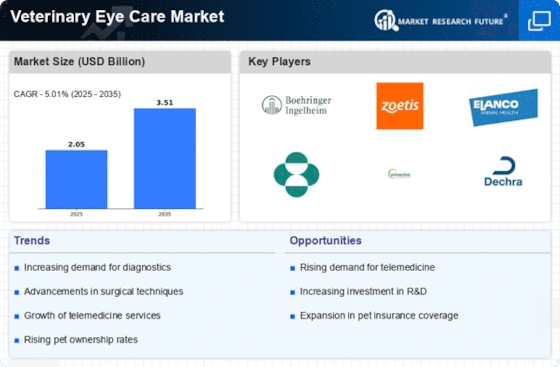
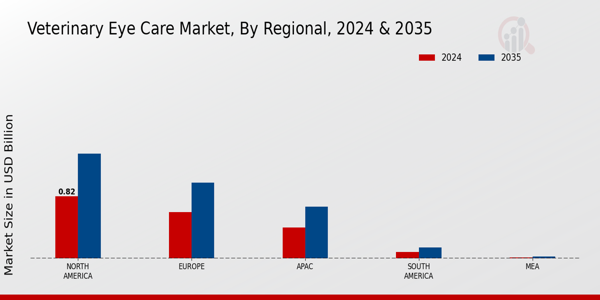


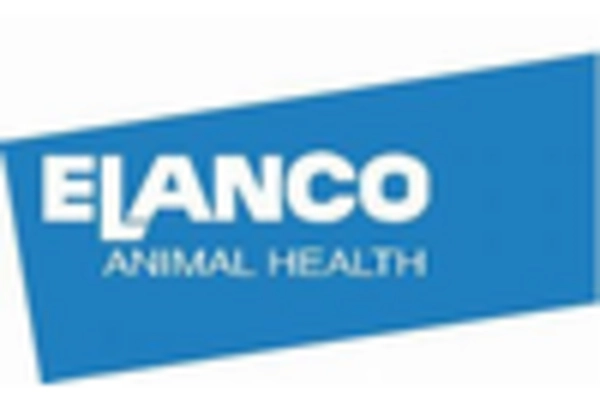
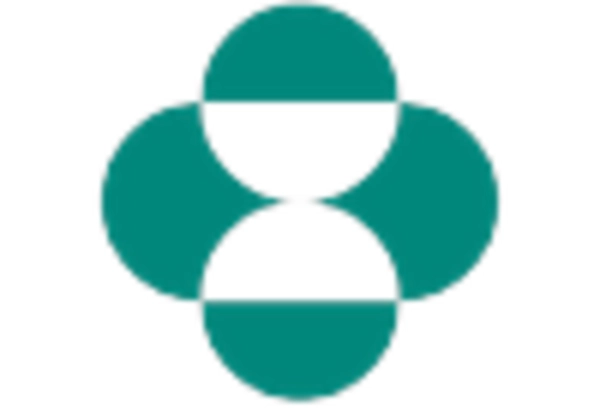
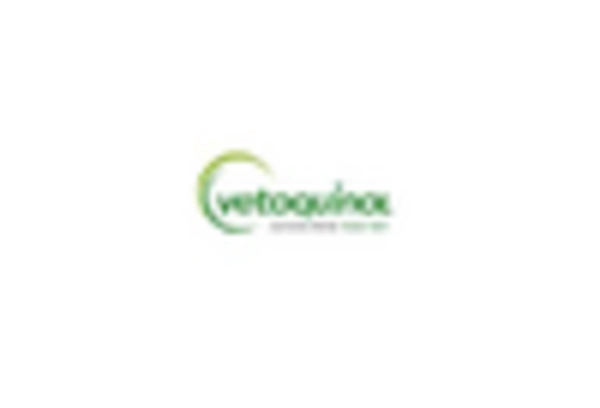
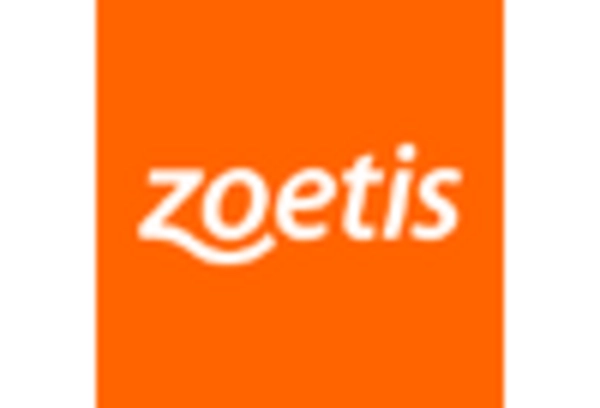








Leave a Comment